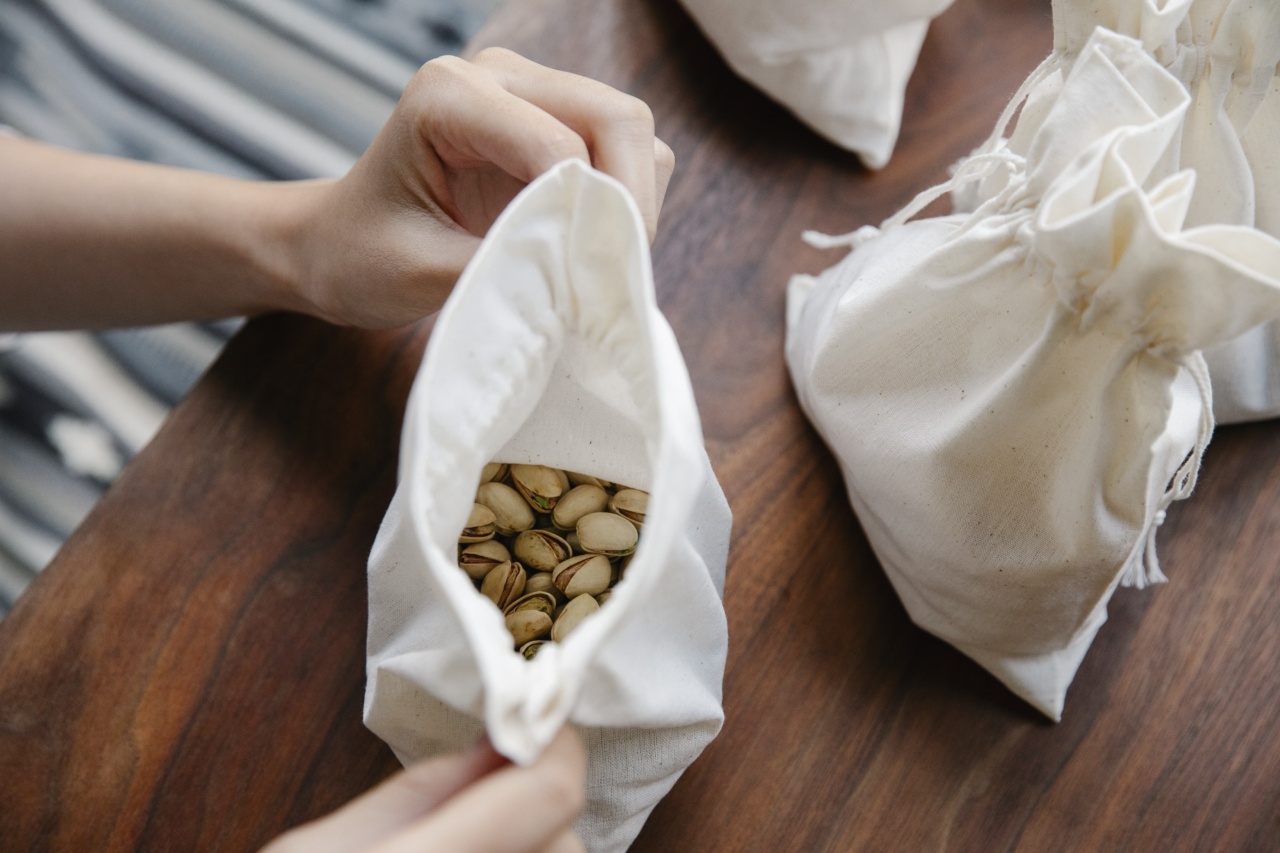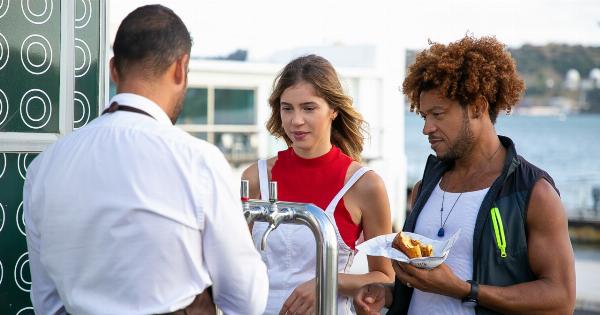Going out for drinks with friends is a common social activity that many people enjoy. However, drinking alcohol can also lead to calorie overload, which can be detrimental to your health.
The Calorie Content of Alcohol
Alcoholic beverages contain calories, just like food. The exact number of calories can vary widely, depending on the type of drink and the size of the serving. However, most alcoholic beverages are relatively high in calories.
Beer, for example, can contain anywhere from 100 to 200 calories per 12-ounce serving. Wine can contain anywhere from 120 to 200 calories per 5-ounce serving.
And mixed drinks can be even higher in calories, often containing 200 to 500 calories per serving.
Alcohol Raises Your Appetite
Drinking alcohol can also increase your appetite, which can cause you to eat more than you normally would. This is because alcohol lowers your inhibitions and makes you feel more relaxed. This can lead to overeating and calorie overload.
In addition, alcohol can interfere with your body’s ability to regulate hunger and fullness. This can cause you to feel hungrier than you really are, even if you have just eaten a meal.
Alcohol Slows Down Metabolism
Alcohol also has an impact on your metabolism, the process by which your body burns calories. When you drink alcohol, your body prioritizes alcohol metabolism over other metabolic processes, such as burning fat.
This means that your body is less efficient at burning calories, which can lead to weight gain.
In addition, alcohol consumption can interfere with your body’s production of leptin, a hormone that helps regulate metabolism and appetite.
When leptin levels are disrupted, your body may be more likely to store calories as fat, rather than burn them for energy.
The Role of Mixers and Snacks
Alcohol is often served with mixers, such as soda or juice, which can add additional calories to the drink. Some beverages, such as margaritas or piña coladas, are also known for their high calorie content due to the sugar and cream they contain.
In addition, drinking alcohol can lead to snacking on high calorie foods, such as chips or pizza, which can contribute to calorie overload.
This is especially true when people drink in a social setting, such as at a bar or party, where high-calorie snack foods are often served.
The Dangers of High Calorie Intake
Consuming too many calories can lead to a number of health problems, including obesity, diabetes, heart disease, and high blood pressure.
It can also lead to a decreased quality of life, as excess weight can make it harder to engage in physical activity and increase feelings of fatigue or lethargy.
How to Avoid Calorie Overload from Alcohol
If you’re concerned about the calorie content of your alcoholic beverages, there are a few steps you can take to minimize calorie intake:.
- Choose lower calorie beverages, such as light beer or wine spritzers
- Avoid high calorie mixers, such as soda or juice
- Limit your alcohol consumption, by drinking in moderation or alternating alcoholic beverages with water or other non-alcoholic drinks
- Eat a healthy meal before drinking, to limit the temptation to snack on high calorie foods
- Avoid drinking in social environments where high-calorie snack foods are served
Conclusion
Drinking alcohol can be a fun and social activity, but it’s important to be mindful of the calorie content. Alcohol can contribute to calorie overload, leading to a host of health problems.
Follow the tips above to avoid consuming too many calories from alcohol, and prioritize your health and wellbeing.

























